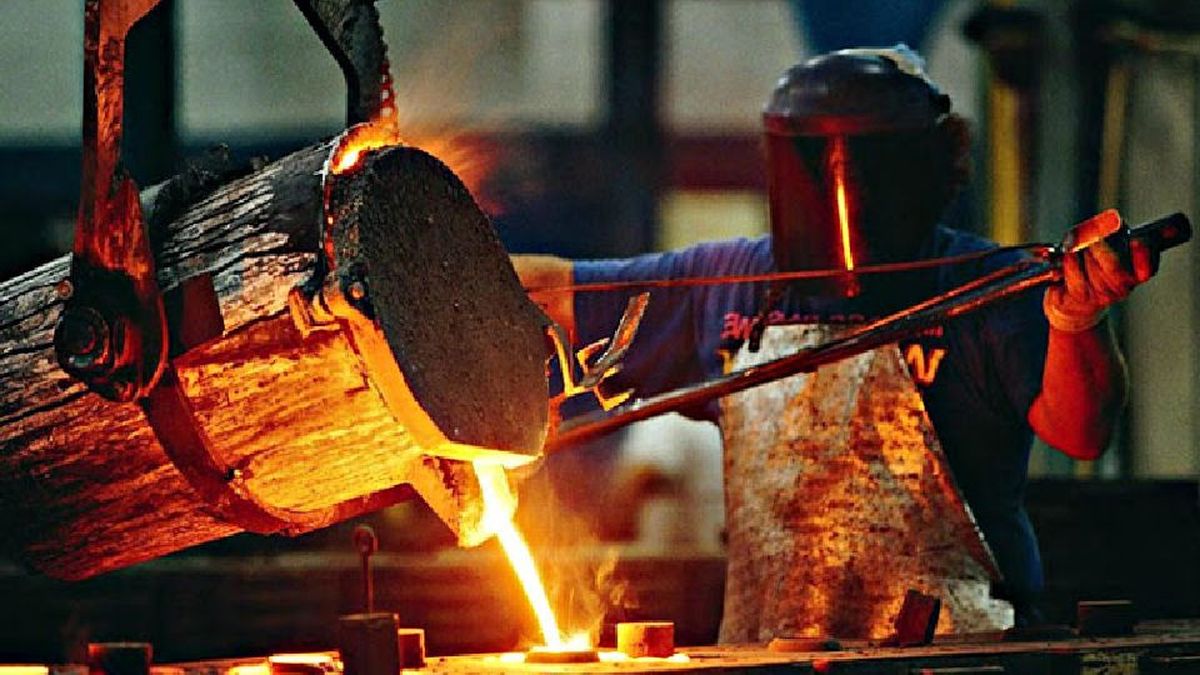Around 40 percent of EU-wide energy consumption and around 36 percent of CO2 emissions can be attributed to the construction sector. The EU’s goal is to reduce energy consumption in residential buildings by an average of 16 percent by 2030 and by 20 to 22 percent by 2035. The legally binding goal of the EU Green Deal to be greenhouse gas neutral by 2050 is leading to increased demand for innovative and climate-friendly building materials and construction methods. However, scarcity of resources and the effects of climate change pose challenges for the construction industry. These topics and innovative approaches were discussed at the “Building Symposium” at the Building Academy in Steyregg, which recently took place.
Sustainability as a decisive factor in buildings is currently the exception: “On the one hand there are the costs of implementation and on the other hand there is the demand from customers. Other barriers include the complexity of the sustainability process and the necessary calculations, the lack of government regulation and the inadequate political framework conditions,” said state construction guildsman Norbert Hartl. In addition, there is often a lack of time needed to develop and implement sustainable strategies. Manufacturers would have to provide more information regarding sustainability. Companies would groan under the flood of certifications and proof requirements: the integration of digital solutions should open up opportunities to optimize processes and increase efficiency. The zero emissions target by 2050 cannot be achieved with the available resources. People’s user behavior must be influenced, says Hartl.
“}”>
Image: Rudolf Laresser
Source: Nachrichten




